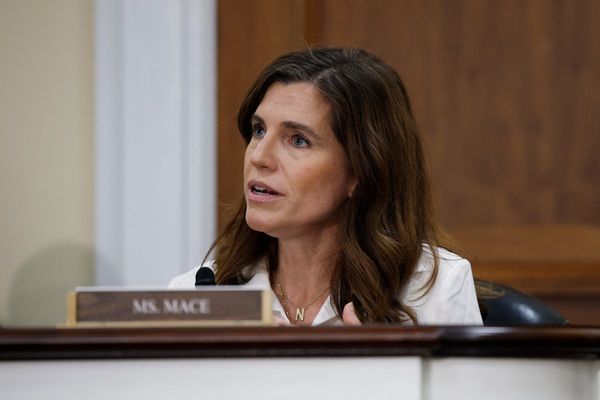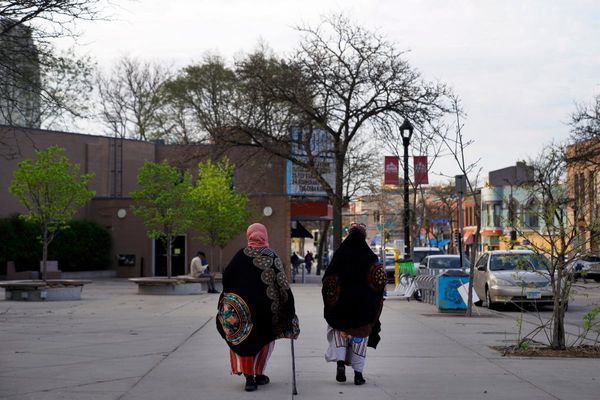
The treasurer, Jim Chalmers, will hand down the first Labor budget in almost a decade on Tuesday, in what he has flagged will be a “solid, simple and sensible” blueprint for the times.
The budget comes at a time of growing international economic turmoil and fears of a widespread global slowdown, along with increasing pressures on the domestic front that are hitting household budgets hard.
While the budget bottom line is getting better compared with previous forecasts, spending pressures remain, and Chalmers has flagged that this budget will be the start of a national conversation about the fiscal challenges ahead.
The budget will also be an important marker for the Albanese government five months after the election, making clear its priorities and direction for this term and beyond.
So what do we know so far?
The economy
With households tightening their purse strings amid growing cost of living pressures, Tuesday’s budget will show a slowdown in economic growth. Australia’s gross domestic product is now expected to grow 3.25% this financial year, before nose-diving to 1.5% growth in 2023-24. In the March budget, the forecast was for GDP growth of 3.5% this year, and 2.5% next year.
Inflation will also be revised up for 2023-24, going from a previously forecast 2.75% to 3.5% for 2023-24. For the current financial year, inflation will be almost double what was expected in March, going from 3% to 5.75%.
Wages growth is not expected to get ahead of inflation until the following year, while unemployment will be revised upwards from 3.75 to 4.5%.
International growth figures will also be downgraded, with a slowdown now expected in China, the US and the UK, and the budget figures to reflect a sharp contraction across these major economies.
The bottom line
With the economic shock of Covid now in the rearview mirror, and the economy benefitting from soaring commodity prices, the budget is expected to reflect an improved bottom line in the short term.
Recently released figures for the final budget outcome for 2021-22 showed a $48bn improvement in the deficit to $32bn.
Deficits will also be revised down for next year, but Chalmers has warned that spending pressures are continuing to build, and a structural deficit is expected to remain over the next decade. He has hosed down expectations of being able to deliver a surplus anytime soon.
Debt also continues to grow, standing at $892.3bn as of 14 October.
Spending
The Albanese government’s first budget will also account for commitments made in the lead-up to the election, along with a series of new commitments.
A cheaper childcare package costing $5.4bn over the forward estimates was the largest of these, with the reform to come into effect in July next year.
Among other large election commitments are aged care reforms costing $2.5bn, the cheaper medicines policy at $770m, extra university places at a cost of $485.5m, $220m for strengthening Medicare, and $54.3m for the electric vehicle discount policy.
A $9.6bn infrastructure package – mostly announced before the election – will also be detailed in the budget, including $500m for the High Speed Rail Authority in NSW, $2.2 billion for the Suburban Rail Link in Victoria, $1.5bn for freight highways and more than $1 billion for roads in Queensland and Tasmania.
The budget will also allocate an extra $560m for community organisations, including housing, Indigenous and domestic violence services, to help deal with rising inflation.
Other significant costs to be reflected in the budget include the cost of servicing government debt, which is expected to grow by 14% annually, while spending on the NDIS will grow 12.1%, health 6.1% and defence 4.4%.
The government has also identified an additional $6.4bn in unfunded programs and so-called “zombie” savings measures that it will need to account for in Tuesday’s budget.
An increase to foreign aid has also been included in the budget, with a $900m boost to official development assistance (ODA) for the Pacific and a $470m increase to aid for South-East Asia.
Savings
As part of a “line by line” audit of previous spending commitments, the government has identified $10bn in savings that will come from cutting various projects promised by the former government.
The budget will also cut $2bn in discretionary grant funding and include a “reprofiling” of $6.5bn of infrastructure projects to give priority to its own commitments.
Savings worth $3bn have been found through a commitment to reduce public service spending on contractors, consultants and labour hire companies, and another $570m from reducing advertising, travel and legal expenses.
Tax
After testing the waters on potential changes to the stage-three tax cuts, Chalmers has ruled out making any changes in this year’s budget, despite the cost of the measure blowing out to $254bn over a decade.
However, the budget will include plans to ensure multinational corporations pay more tax, with the move to raise $1.9bn over four years from 2023-24.
It also forecasts a $3bn improvement to the bottom line by clawing back extra revenue through extending and boosting existing tax compliance programs.
Wellbeing measures
For the first time, the budget will include a chapter focused on non-economic indicators that reflect the “wellbeing” of the country, following in the steps of the New Zealand Labour government.
Chalmers has flagged that the budget will start monitoring such things as education levels, health standards and the state of the environment as a way to gauge the “wellbeing” of the nation that is otherwise not reflected in the budget papers.
Tuesday’s budget will lay down the foundations of the new approach.







